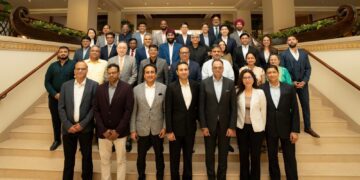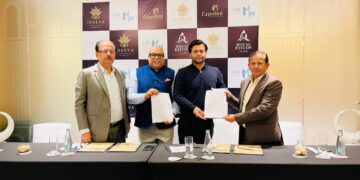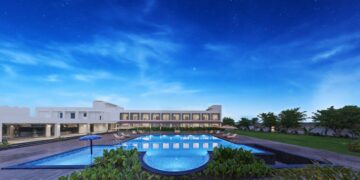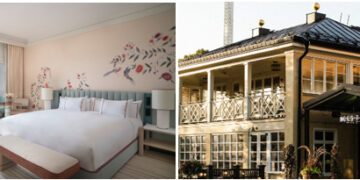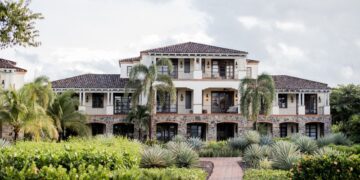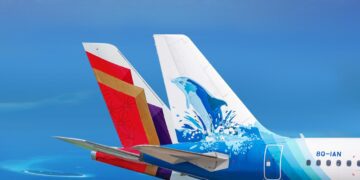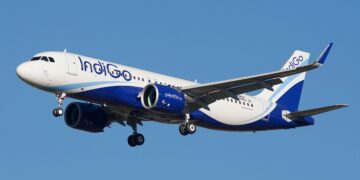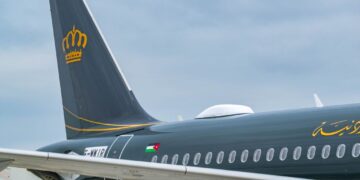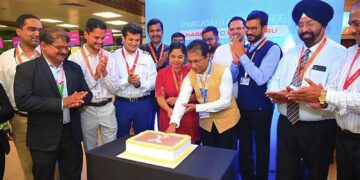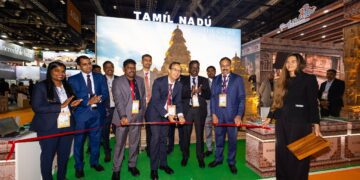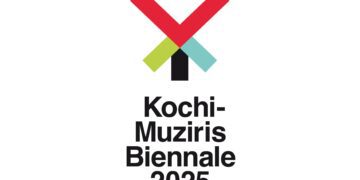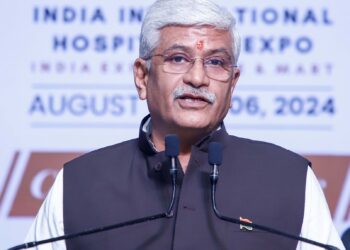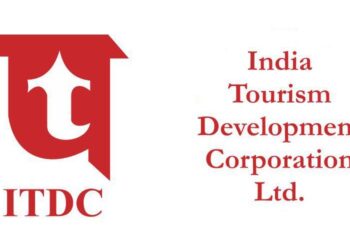In his address, Shri Scindia said that today a new chapter has been added to the glorious history of Tripura with the inauguration of the new State-of-Art terminal. The Integrated Terminal is an example of the vision and determination of the Prime Minister. This will open new doors of development in the state and North East Region.
The airport of Agartala, which was spread over 10,000 square meters, has now been built in an area of 30,000 square meters which will showcase the cultural heritage of Tripura. Maharaja Bir Bikram Airport will now be able to cater 30 lakh passengers every year instead of 13 lakh in a year. Under the Krishi Udan2.0 scheme of the Central Government, 4500 kg of agricultural products have been exported in the month of November 2021, which includes pineapple and jackfruit of Tripura.
Agartala Airport is one of the major Airports in North East Region situated in the capital of Tripura. It is capable of handling 4C type of Aircraft operations. Operators like Indigo, Air India, Flybig are presently operating 230 flights in a week, connecting Kolkata, Dibrugarh, Guwahati, Imphal, Shillong, Lengpui, Bangalore and Delhi.
Major facilities available:
- Runway (18/36) dimensions – 2286m x 45m
- Apron to park 04 nos. C Type A-321 and 1 no. ATR-72 type aircraft at a time.
- Terminal Building has an area of 10725 Sq. Mt. to handle 500 pax. (250 arriving + 250 departing) at a time with an annual capacity of 1.3 Million Passengers Per Annum (MPPA).
- NAV/Comm. Aids like Instrument Landing System (ILS), Doppler Very High Frequency Omni Range (DVOR) etc. available.
- ATC Control Tower cum Technical Block and Fire Station of CAT-VII.
- Night Landing Facilities.
- 2 Mega Watt Solar Panels for Renewable Energy
Heritage: Local Cultural / Architectural Inspiration
- The dynamic and iconic form of the building is derived from the hilly terrain of the State of Tripura.
- Bamboo architecture is represented in the façade of the terminal building by way of a floral jaali pattern depicting the forests and greens of the region.
- Local tribal stone sculptures of the Unakoti Hills and local bamboo handicrafts have been extensively used in the interiors.
- Local culture and architecture have been depicted in the interiors of the building by means of artwork and sculptures.
Follow BOTT on LinkedIn, Facebook, Twitter & Instagram
Subscribe BOTT Channels on WhatsApp & Telegram to receive real time updates


